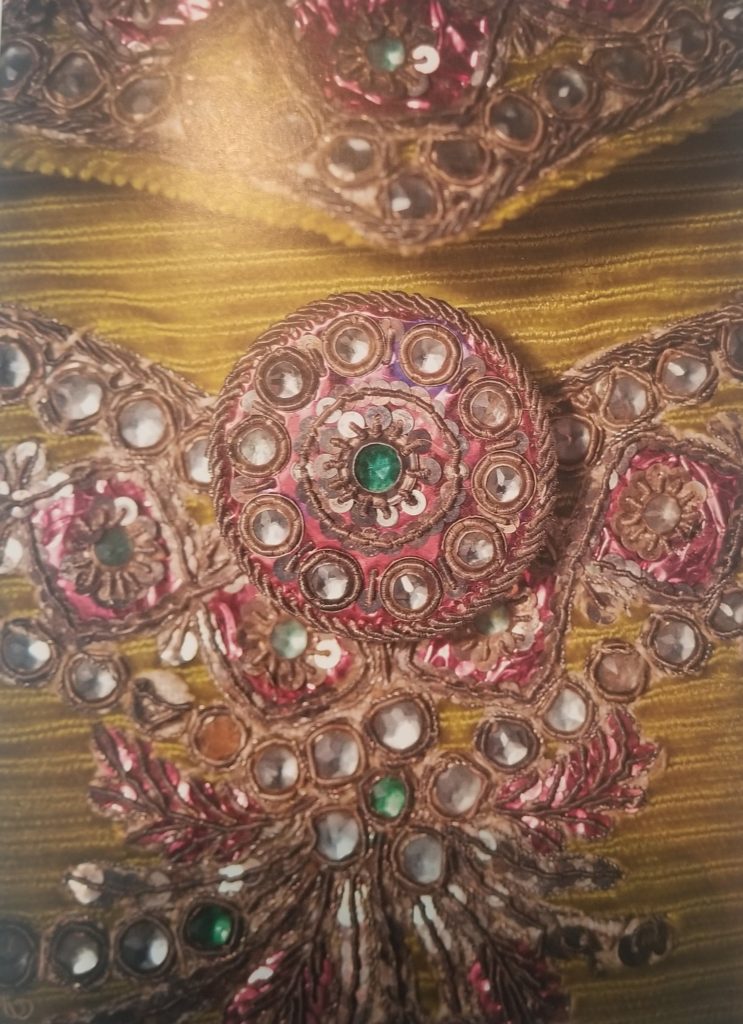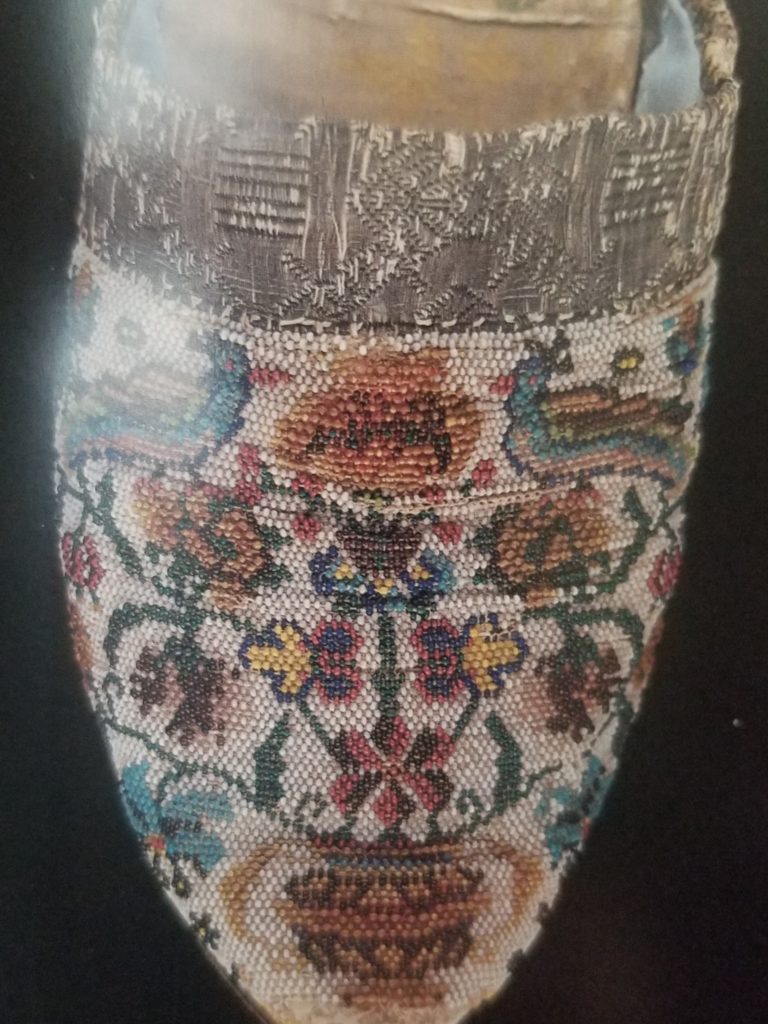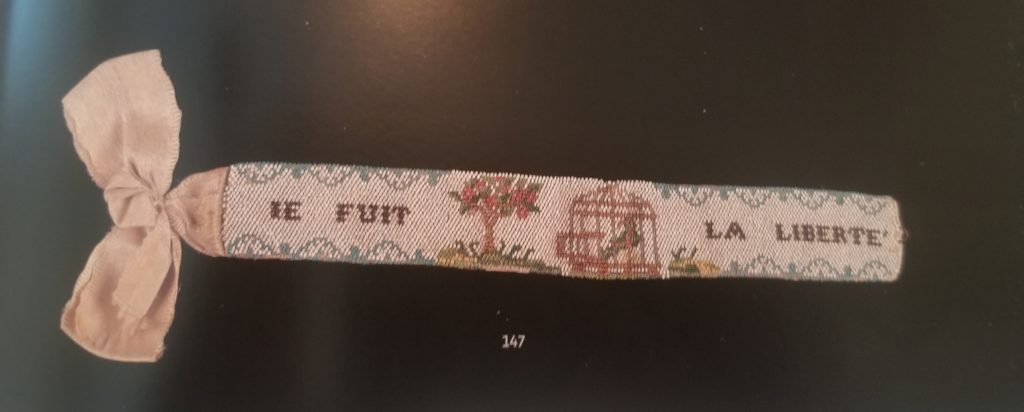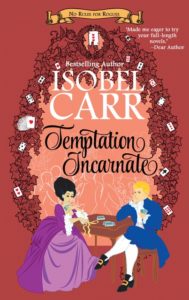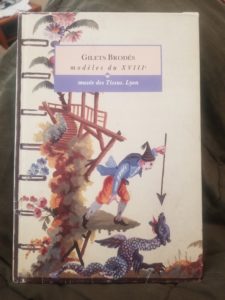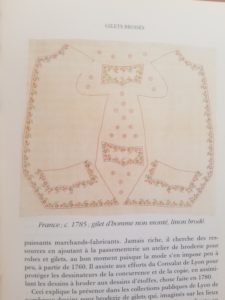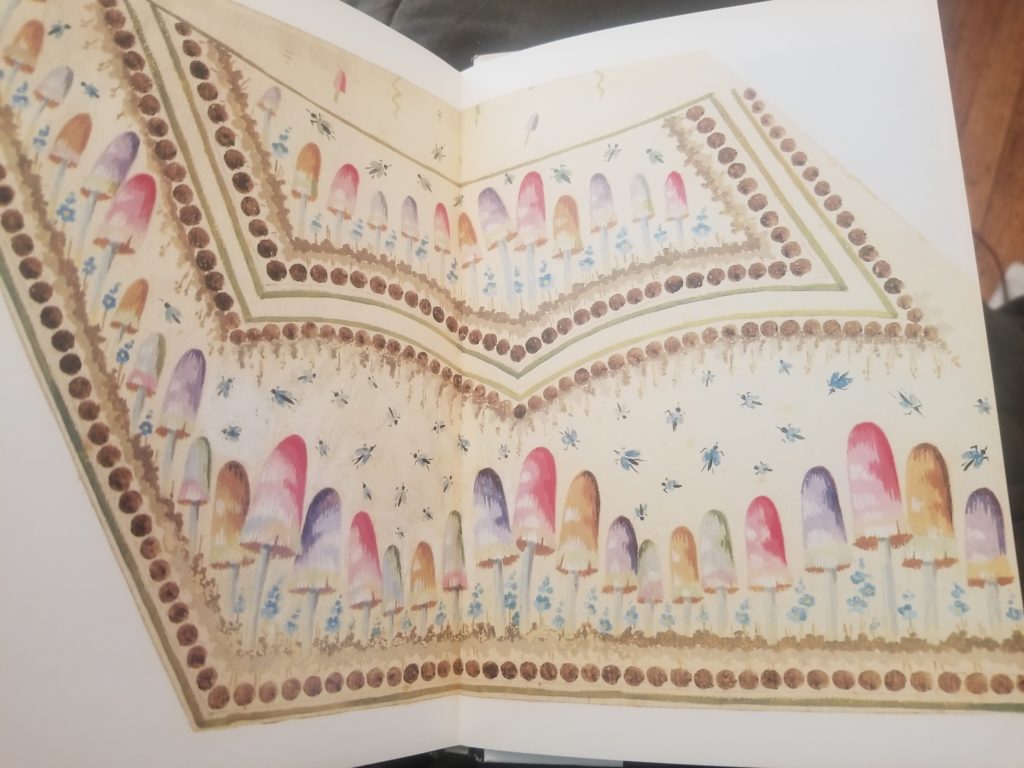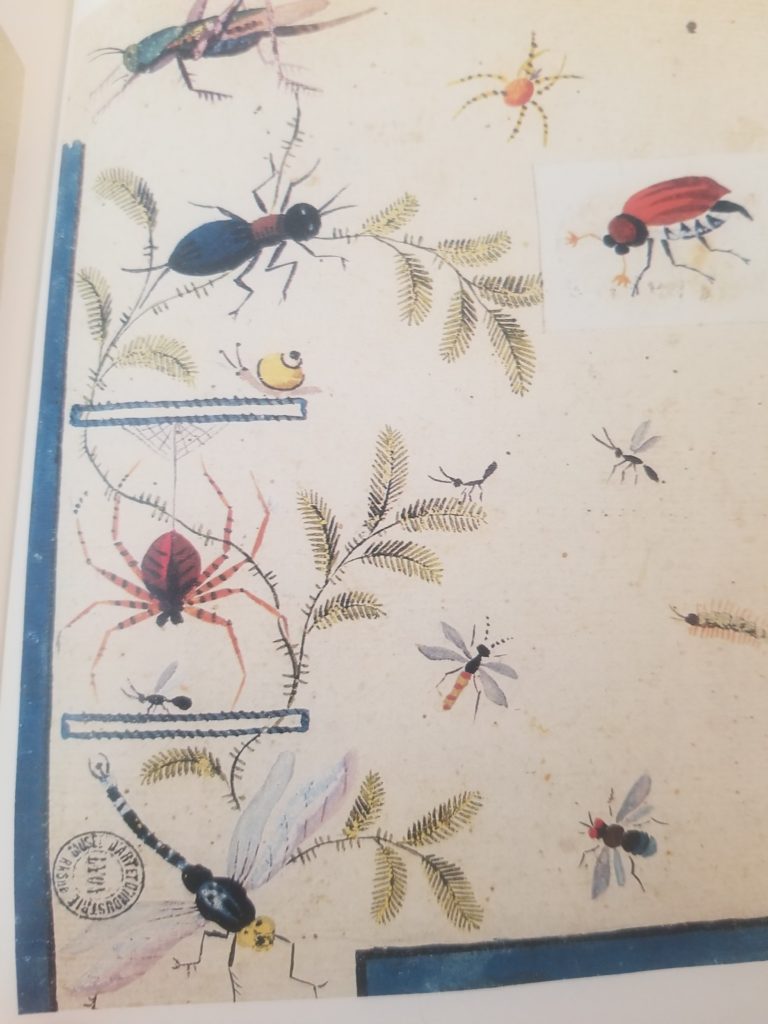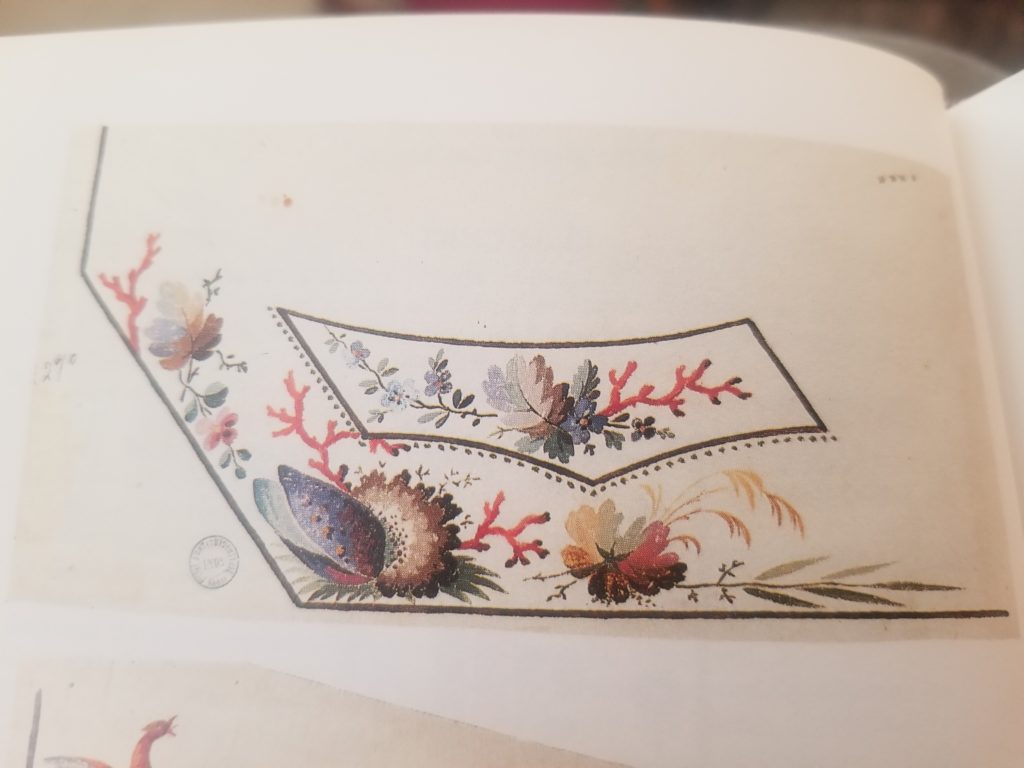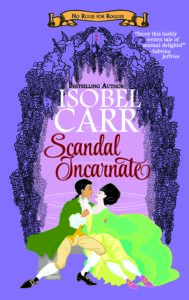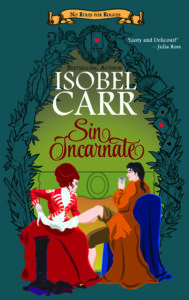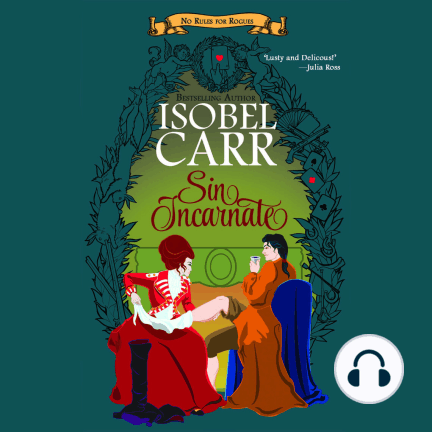I’ve never written a holiday novel or novella, but I have written books that include Christmas, and it’s fun to look and see what traditions that are familiar to us now would also have been familiar to my characters. Sometimes, the answers are surprising. I turned, as I often do, to THE ENGLISH YEAR by Steven Roud. A lot of what we associate with Christmas now is decidedly Victorian, and was built upon a mythos of a “Merrie England” that never existed. But if you dig back, there are LOTS of local traditions that fell by the wayside during the industrialization of England (as people moved away from home, they didn’t practice their traditions which would have been strange to their new neighbors, and didn’t adopt those of their new homes, as they were strange to them). But those of us who write in the 18th century and the early 19th century can still draw on those local traditions. And those writing in the Victorian era can make hay with the reinvention of that “Merrie England” to which most of our current Christmas traditions harken back. If your book is set post 1847, you can even have Christmas Crackers!

Wikimedia Commons
Many places had traditional dances, murmmers, plays, wassails, etc. A book like Roud’s is great for researching these local festivities, as is Wikipedia. And there is always the Yule log. Not writing someone in a grand house with a giant fireplace? Perhaps “the ashen faggot” is more their speed? A bundle of twigs around a larger log, all held together with fresh/green branches (willow was also used). People would sit around and sing carols and cheer when the “withes” burst. Cider would be passed and drunk as the bands broke, and in some traditions, the bands were assigned to girls, prediction who would marry first. I can see lots of fun being had with this in a village hall or a more modest home.
In places with a church with bells, someone (or a team of someones) might have been found “ringing the devil’s knell” on Christmas Eve. There must be one ring (about every two seconds) for every year since Christ’s birth, timed to end at Midnight. This is something you can do in any setting.
Decorations. Historically, they were not put up early as we do now. That was considered unlucky. And they usually consisted only of greenery and candles (anything that was evergreen could be used, but of course holly and mistletoe were popular). Mistletoe, then as now, was a kissing game, but you had to pluck a berry off the ball of mistletoe for each kiss and when the berries were gone, so were the kisses.
Trees. Yes, it is commonly asserted that Christmas trees were introduced by Prince Albert in the late 1840s, and that’s certainly when they spread to the masses, but they were introduced much earlier by other Germans who immigrated (including Queen Charlotte). Charles Greville noted one in 1829, that the Princess Lieven had three large trees in pots put upon a table, lit with small candles, and surround by gifts for the children.
Do you have a favorite Christmas tradition or a favorite Christmas romance? I think mine is the way my parents always wrapped our presents from “Santa” in white tissue paper with real cloth tartan ribbon. It was very “Merrie England” and “Ye Old Christmas, and I absolutely adored it. I think this Christmas I’ll start doing that for my niece and nephew.

